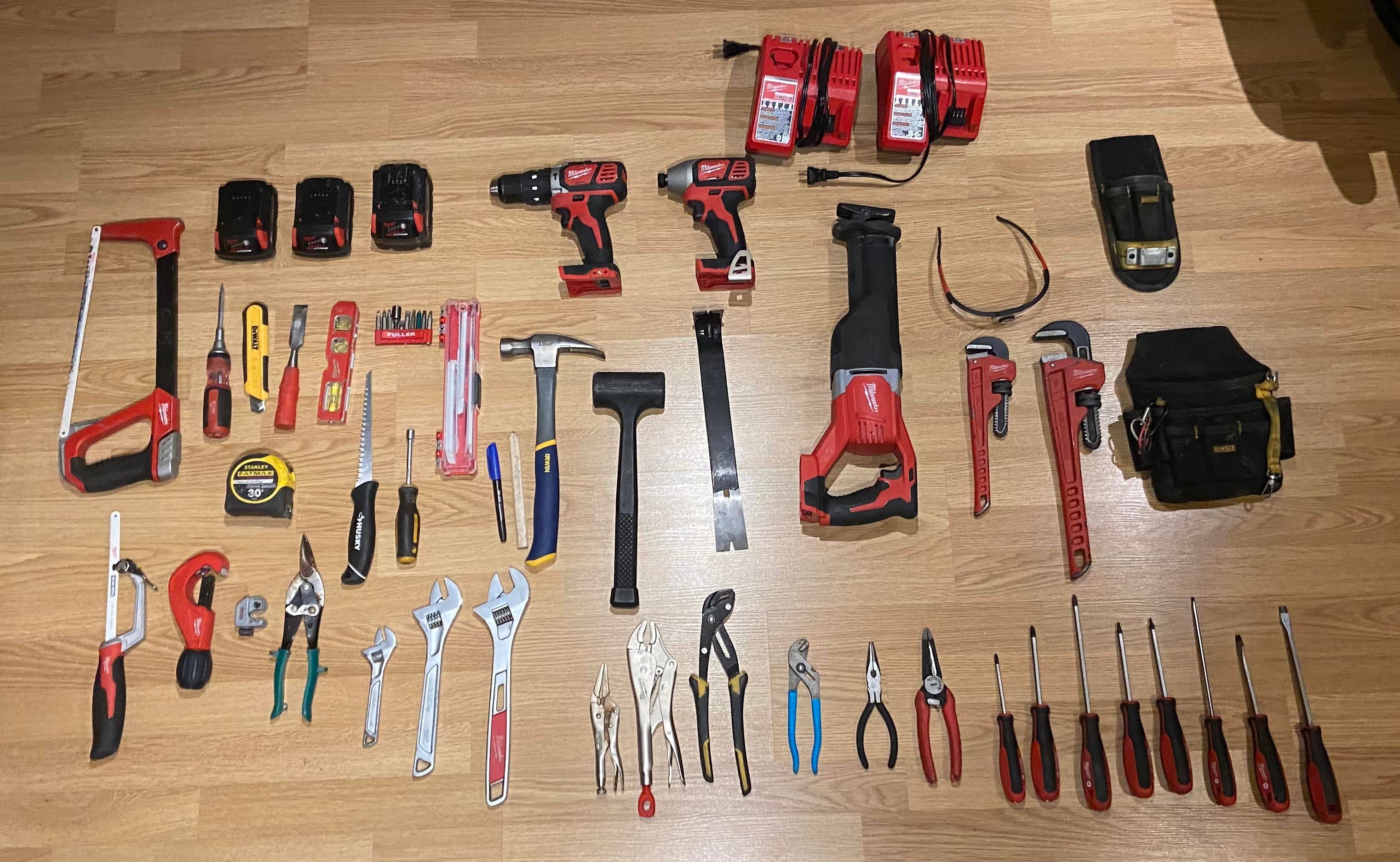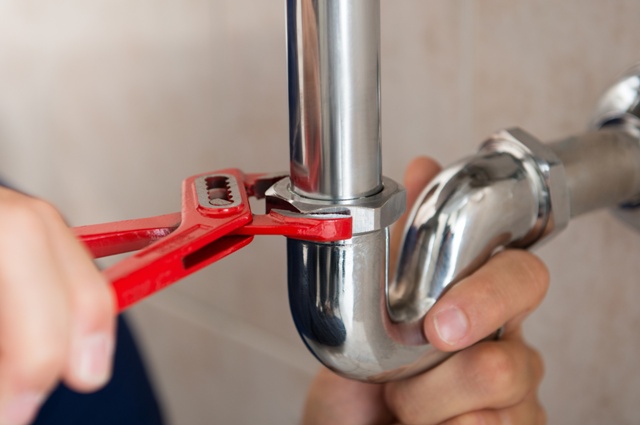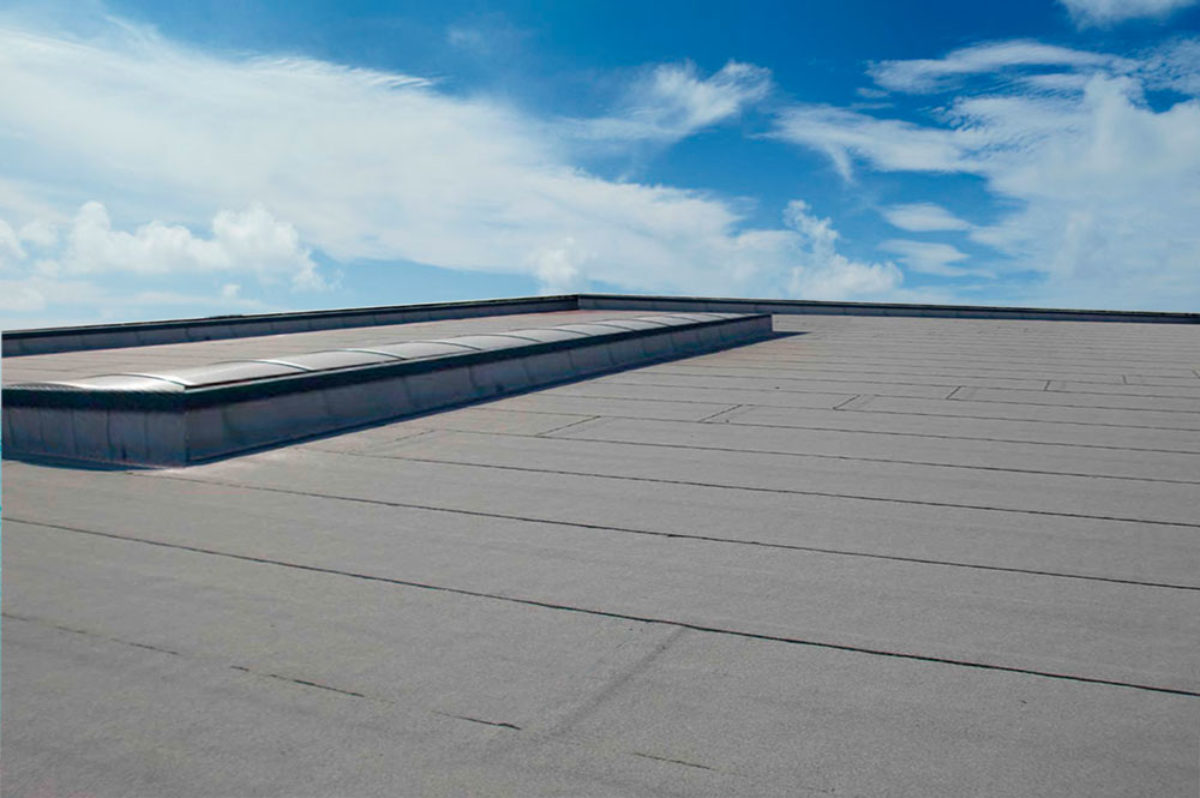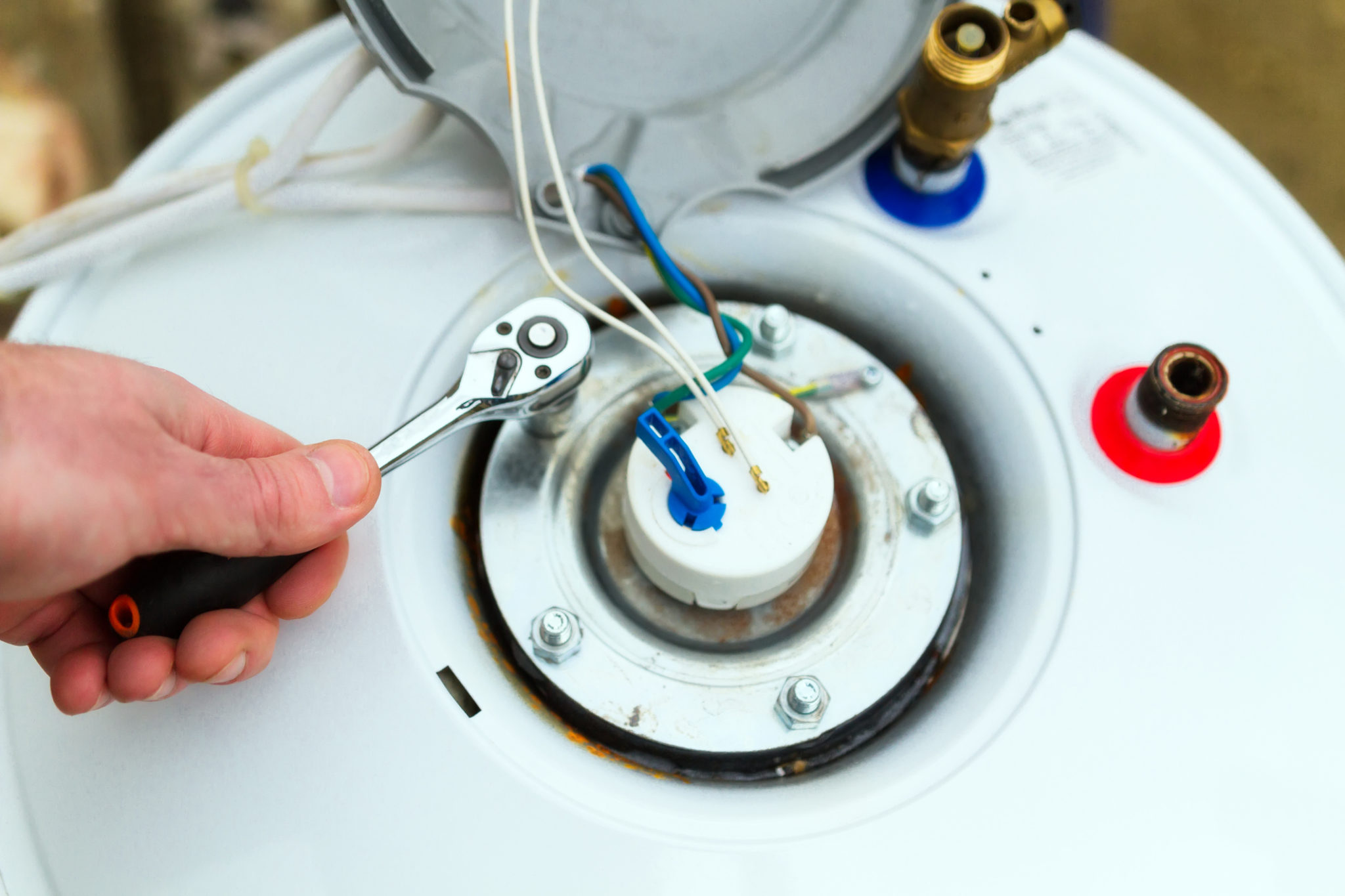Wood imparts an unmatched luxury ambiance to a home. It is a universally accepted design mantra. Either it is your hardwood floor, deck, or window frames, wood looks warm and welcoming. Almost every homeowner wants to keep their house wood is the best shape.
One of the biggest enemies of wood is dry rot. Our experts have been always asked two main questions when it comes to dry rot. Here is a guide that will help you answer these; what is dry rot and how to prevent it.
What Is Dry Rot?

Dry rot is a wood decay caused by fungus. It is also known as brown rot and can deteriorate any wooden structure in your house. Fungi grow on the wood by consuming cellulose and hemicelluloses. As the fungi break down these essential components, it affects the strength and resilience of the wood. The weakened wood often starts to deteriorate and if left unchecked the rot can ruin the whole structure within no time.
What Causes Dry Rot In Homes?
You may start to question the durability of wood after knowing what dry rot is. The good thing is that the fungus grows on damp wood. Typically a wood having moisture content up to 20% is at risk of dry rotting. As the percentage of moisture increases, so does the risk.
As the fruiting bodies of fungi mature, they release spores in the air. When these spores land on moist wood, they germinate to give rise to new fruiting bodies. It is a vicious cycle that can only be stopped by controlling the moisture content. Let us look at some common causes of dry rot in homes.
1. Poor Ventilation
You may be putting your house at risk of dry rot if your house is not properly ventilated. It is one of the most common reasons for dry rot in American homes. Poorly ventilated air generally has high moisture content and is warmer than the outside air. In fact, it is the perfect recipe for a dry rot disaster. Make sure your attic, bathroom, kitchen, and basement are properly ventilated.
2. Excess Humidity Levels In Air
If you are living in a coastal area, your house is at constant risk. The high humidity levels in the air, even after proper ventilation, can encourage fungal growth. It is best to consult a professional before installing wood floors if you are living in an area with high humidity.
3. Poorly Dried Wood Installation
Ideally, the wood is properly kiln-dried to take the moisture content below 20%. A lot of affected households were found to have poorly dried wooden structures. That means the wood was prone to dry rot even before you had a chance to prevent it.
4. Roof Damages
More often than not, roof damages are the culprit behind dry rot. Either it is due to missing shingles or broken flashing, rainwater gets an entryway inside the home. The water may directly come in contact with wooden frames or high moisture contents in the air may cause dry rot. You may start to observe the after-effects of a leaky roof long after the rainy season.
5. Plumbing Leaks
Plumbing leaks are also a major cause of dry rot. It can be a minor pipe leak under your kitchen sink that can go unnoticed for months. Keep in mind that your kitchen and bathrooms are the most vulnerable regions of your home when it comes to brown rot. It is not a surprise as a major part of your plumbing system is found around these two areas.
6. Garden Sprinklers
You may have never thought about your garden sprinkler to be a wood villain. Well, if you have placed it too near to your deck it may be a cause of concern. Sprinkler leaks and underground pipe damages are also a threat.
7. House Flooding
If your house has direct contact with large quantities of water such as flooding, dry rot is a primary threat. Either it is natural flooding or a pipe burst, water retention can ruin the wood.
Dry Rot Treatment:
Identify The Rotten Wood
The first step of dry rot treatment is to identify the affected regions. You have the inspect the wood thoroughly. Initially, the rot looks like cotton wool and you will see darkening or cracks around the affected area. Check for shrunken or sunken wood. At times the affected wood is covered with flat skin like growth with shades of silver and gray.
Copper Compounds
Splice out the damaged part of the wood. Saturate the wood with copper compounds to completely kill the fungus. Add the new piece of wood.
Antifreeze Treatment
You can treat the dry rot wood with commercial antifreeze. It not only kills the existing fruiting bodies and spores but prevents further growth.
Epoxy Treatment
Simply fill the wood channels with epoxy that effectively kills the rot. Epoxy is a recommended treatment as it strengthens the wooden structures.
Dry Rot Prevention:
1. Monitor Humidity Levels
If you want to prevent dry rot, you need to monitor humidity levels in your home. Keep your house properly ventilated. If you are living in an area with high humidity buy a dehumidifier to control moisture content indoors.
2. Roof Inspections And Repairs
Inspect your house roof after every major storm. Keep such inspections an integral part of your spring cleaning. As soon as you find any leaks or damages, hire a professional roofer to fix them.
3. Fix Plumbing Issues
Keep a check of the plumbing system in your home. Timely repairs cans prevent you from dry rot and associated financial losses.
4. Seal Your Deck And Sidings
Make sure your deck and wood sidings are properly sealed with a quality sealant.
Years of experience with households and their dry rot issues have enabled us to identify its major causes and some effective ways to prevent it. Be a smart homeowner and protect your investment from dry rot!












Leave a comment